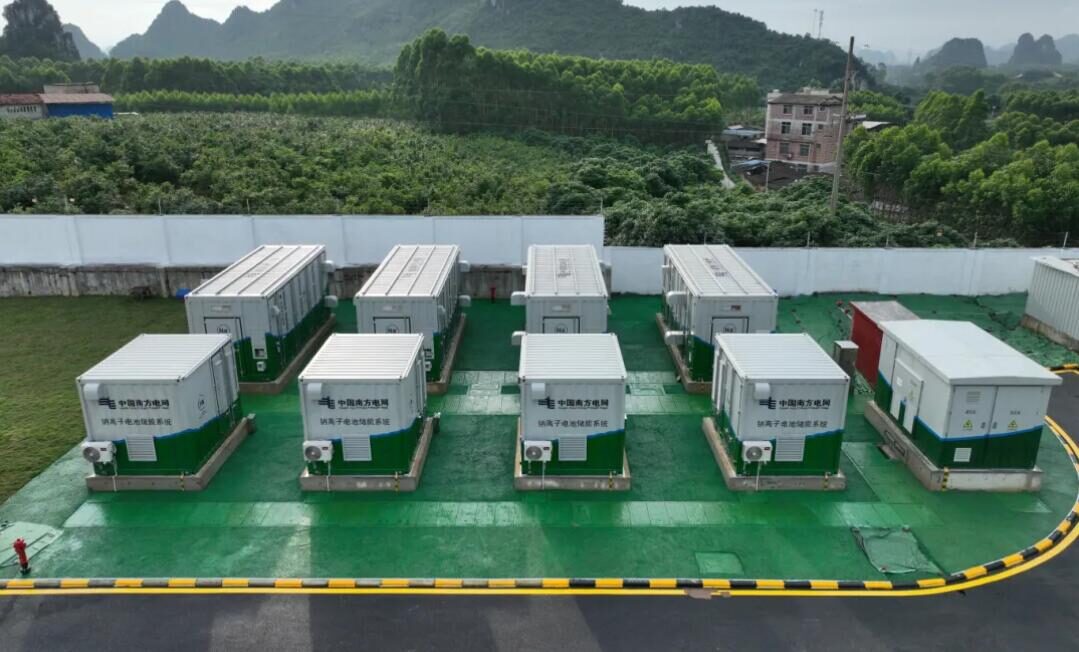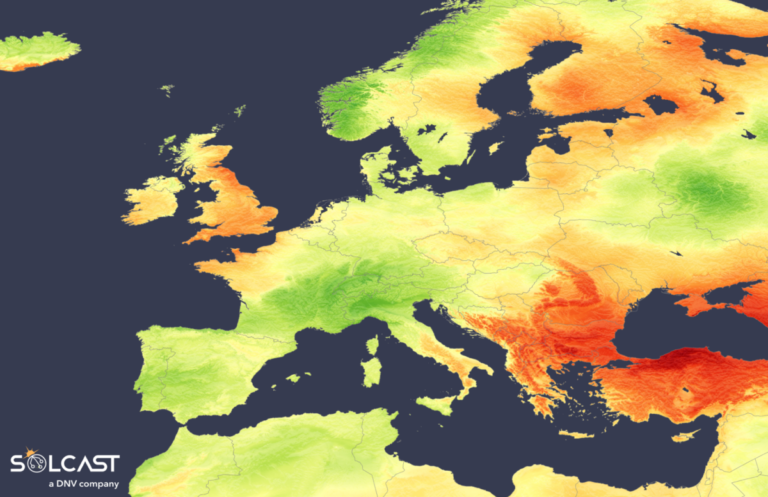In a new weekly update for pv magazineSolcast, a DNV company, reports that while Western Europe experienced below-average insolation in June, Eastern Europe and the Balkans in particular saw a notable increase, due to persistent and static weather patterns.
June witnessed relatively static weather patterns that created a stark geographic divide that deviated from typical summer weather, according to an analysis using the Solcast API. While most of Western Europe experienced below-average insolation, Eastern Europe and the
The Balkans in particular saw a notable increase due to persistent and static weather patterns. Western Europe was hit by a low-pressure anomaly caught between a strong high-pressure system in the Azores and stable high-pressure systems in Eastern Europe.
In Western Europe, solar radiation was up to 20% below average, especially in the Alpine region. The relatively static low-pressure systems drew warm, moist air from the Mediterranean Sea and created atmospheric instability conducive to widespread storms, thick clouds and heavy rainfall. In contrast, northwesterly winds blocked moisture from the North Sea off the coast of Britain, resulting in clearer skies and up to 15% higher insolation in the south and east than normal in June.
The impact of these conditions through June has affected solar energy generation across Europe. Solcast modeling of the hypothetical effects of past weather conditions on current installed rooftop solar capacity shows the impact these conditions have had on rooftop solar across the continent. Increased irradiation in Britain has seen behind-the-meter solar energy generation increase by 6.8% compared to average June conditions from 2014-2024. Conversely, France and Germany experienced a 5.5% decline in behind-the-meter solar energy generation in June.
Solar resources in Eastern Europe and the Balkans benefited from a high-pressure anomaly that suppressed typical summer convection, leading to dry and sunny skies, but also several heat waves. Greece and Turkey, close to the Mediterranean Sea, experienced insolation levels 20-30% higher than normal in June. Further north, Finland experienced radiation levels 10% above average, also accompanied by heat waves.
Popular content

Overall radiation intensity across the continent is likely to peak in June and July this year, as the June 20 solstice marked the sun’s highest point in the Northern Hemisphere.
Solcast produces these figures by tracking clouds and aerosols worldwide at a resolution of 1-2 km, using proprietary satellite data AI/ML algorithms. This data is used to drive irradiance models, allowing Solcast to calculate high-resolution irradiance, with a typical deviation of less than 2%, as well as cloud tracking predictions. This data is used by more than 300 companies that manage more than 150 GW of solar energy worldwide.
The views and opinions expressed in this article are those of the author and do not necessarily reflect those of the author pv magazine.
This content is copyrighted and may not be reused. If you would like to collaborate with us and reuse some of our content, please contact: editors@pv-magazine.com.




